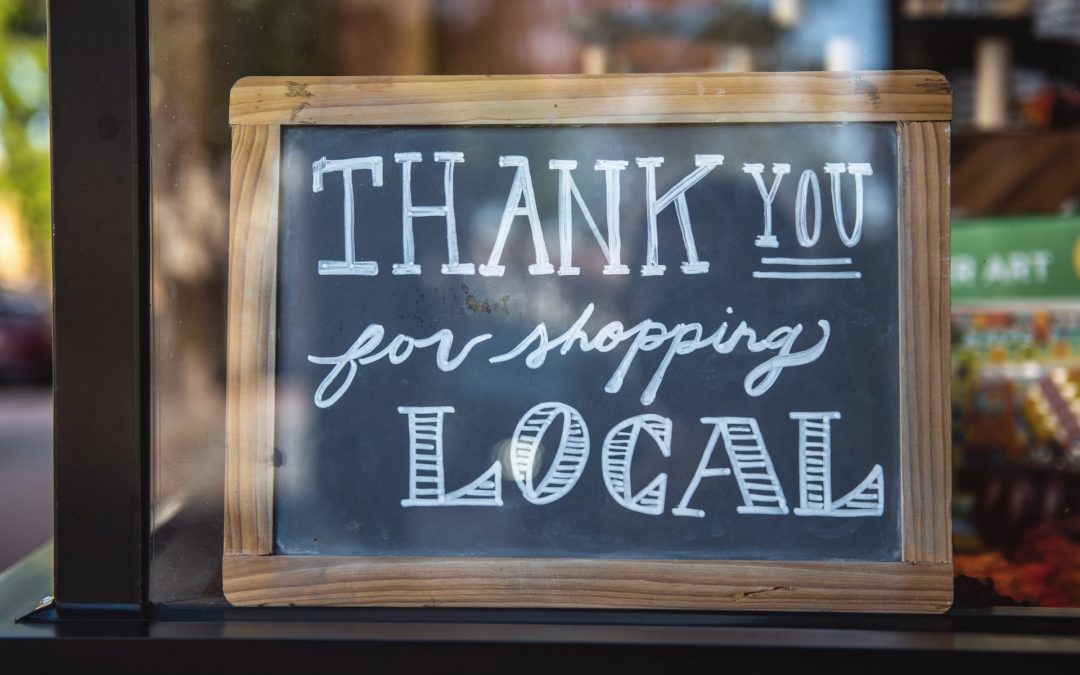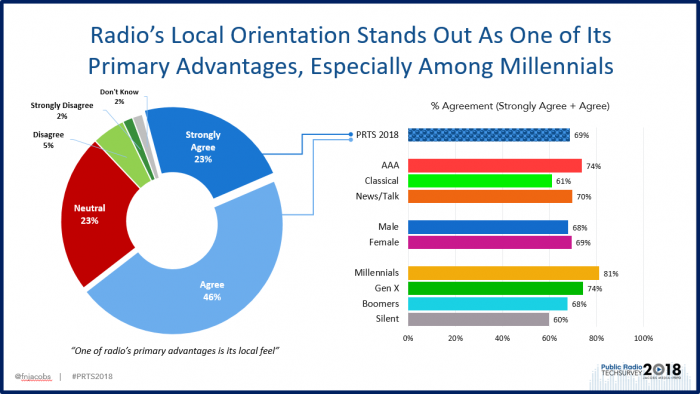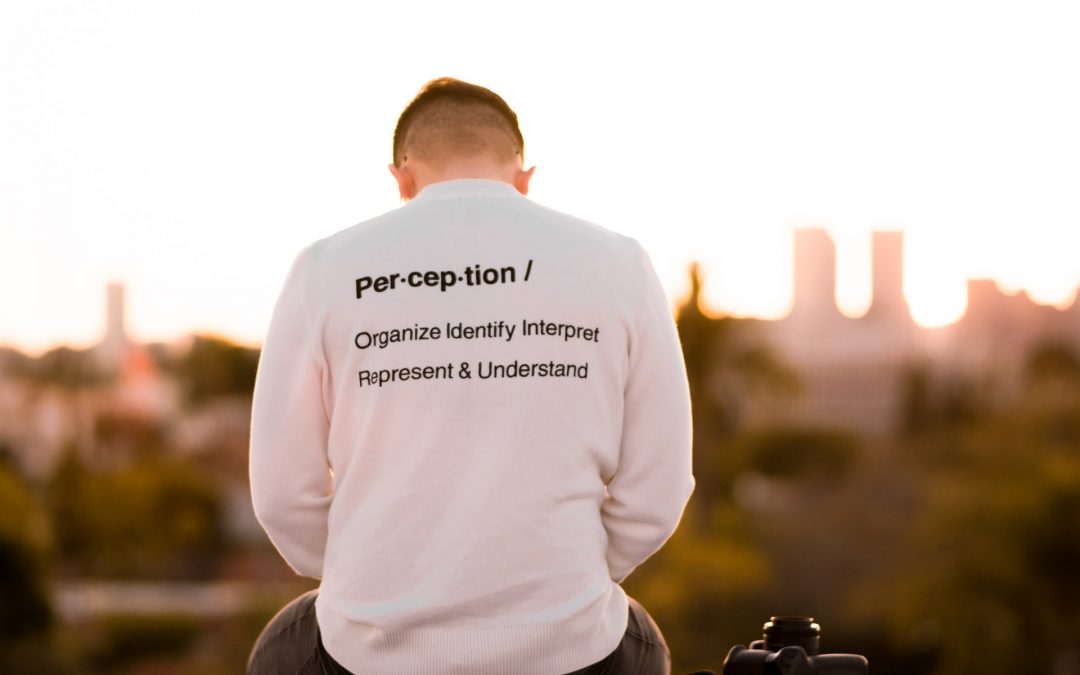
Word Of Mouth Advertising With A Bigger Mouth
The very best form of marketing is what we call Word Of Mouth.
Why?
Because it is from the heart, from one person to another and it includes implicitly, the Human Relationship factor we all need: Trust.
Several years ago, I wrote about the Word Of Mouth advantage that my radio station has and you can read what I wrote in January 2018 here.
I found that article by Googling the term, “Word Of Mouth With A Bigger Mouth” and only a few articles popped up, both attributed to me.
I honestly don’t think I coined that term despite what the Google gods say.
Here’s the backstory:
From my teen years to age 26, I spent all of my radio life working on the radio. I was an overnight radio disc jockey. That’s how I met my first wife and mother of our three kids.
I also did other shifts on the radio and became the Program Director of one of the stations I worked for. That meant I was the guy in charge of the music, the format, the air personalities, basically anything except for the advertising.
Most radio ads were forgettable. The ones that I had to voice and produce were usually written by an advertising sales person and most were lousy, in my opinion. So every once in awhile, I would use my creativity and write ads for local businesses that were different from the usual stuff I was told to read and record.
However in 1986, I moved from the on-air side of radio to the advertising side when I joined Crawford Broadcasting in Detroit as an advertising campaign Master Producer. I worked hand in hand with a couple of WMUZ advertising sales people and created some pretty successful ad campaigns for our clients.
WMUZ also was very advertiser friendly. When I was there for about eight years, our live radio hosts would give a 10 second endorsement for every local business on their show. They were called Rolling Endorsements. The way it worked is there would always be a 30 second or 1 minute recorded ad that was immediately followed by a brief live endorsement. Robin Sullivan was one of the most popular afternoon radio hosts at the time I was there and when Robin endorsed Hilton Mortgage, her listeners took her recommendation as seriously as if their best friend had recommended Hilton Mortgage.
That’s because of the relationship Robin built with her audience on WMUZ, they trusted Robin as best friends trust each other.
That Trust Factor in both the radio station and the radio host is what becomes as powerful as Word Of Mouth Advertising. Except with the size of the radio audience, it’s not just a one to one Word Of Mouth, but Word Of Mouth With A Bigger Mouth.
Fast forward to 2003. I’m returning to radio in the advertising world but in a different city than I did it previously. In the 80’s and 90’s I was in Detroit and now I was back in my hometown of Fort Wayne, Indiana. Interestingly the Fort Wayne radio stations I joined two decades ago don’t exist anymore. All have changed formats. At the end of 2013 however I joined WOWO Radio which is nearly a century old and has been a news and talk station for more than a couple decades.
With the history of WOWO and the longevity of WOWO as a news and talk station with live and local radio hosts and news personalities, the Trust Factor is alive and thriving.
First off, WOWO itself is trusted by our core listeners. Over 100,000 weekly listeners make it one of the most listened to stations in Fort Wayne.
Next is the implied endorsement that any local advertiser has simply by being on WOWO.
We can take it a step further with a couple of options that really fit the “Word Of Mouth With A Bigger Mouth” model. Similar to when I first learned it at WMUZ ind Detroit in the 80’s but unique to Fort Wayne.
We have live 10 second embedded sponsorship mentions read by the show hosts or newscasters available during live programming. Since WOWO has live and local newscasts 13 hours daily, Monday thru Friday, twice an hour, that is one option.
The other is a step up from what I saw at WMUZ. Live Testimonial Endorsement Ads with our morning show host, Kayla or our afternoon host Pat. Instead of a recorded ad followed by a brief live endorsement, the entire ad by Kayla or Pat is live. This is our Platinum Level of Advertising that is also limited to only a few Trusted Businesses.
In the weeks ahead, I’ll divulge even more details about this Word Of Mouth With A Bigger Mouth on WOWO radio and how we use Human Relationship Marketing Principles to create the Trust Factor including the emotional connection that includes transfer of credibility.





